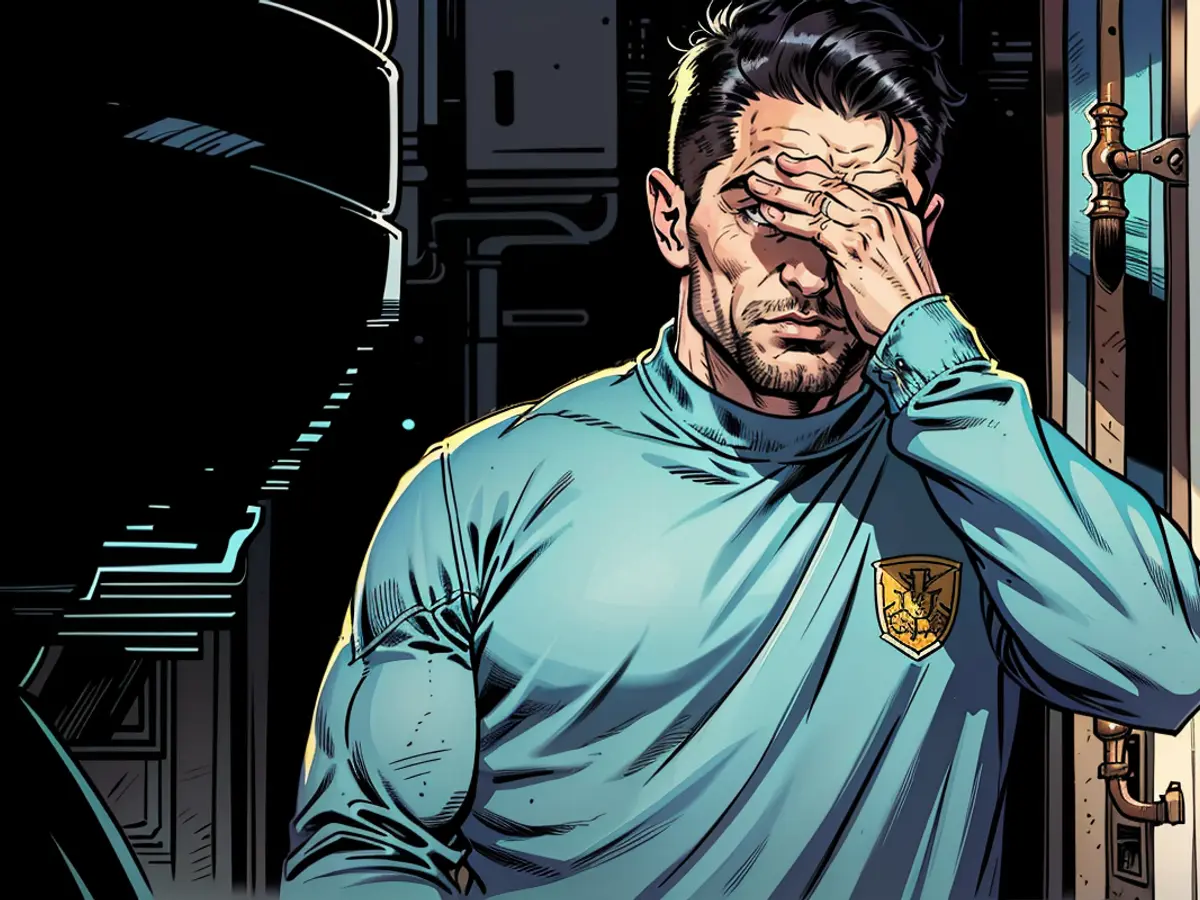Is Ukraine's President Zelensky shifting Ukraine's objectives with the "Victory Strategy"?
During his journey to the USA, Ukraine's president Volodymyr Selenskyj carries a "triumph strategy" with him. As of now, limited information is available. However, it is intended to intensify challenges for Russia's war command. But how feasible is this, and how will it compel Moscow to the negotiating table?
Over half a decade since his presidency, Selenskyj, a former actor and television mogul, hasn't transformed into a conventional politician. Currently attending the UN General Assembly, his primary objective is to present his alleged triumph strategy to the existing US President Joe Biden, alongside Donald Trump and Kamala Harris's presidential contestants. This strategy deviates from typical diplomatic norms.
This strategy should not be misconstrued with Selenskyj's peace formula, which was part of discussions at the Swiss peace summit in the summer. This blueprint comprises ten strategic objectives centering on Ukraine's future post-conflict. It wasn't meant for establishing negotiation ground with Russia.
In contrast, the triumph strategy, consisting of five points, remains unclear. Nonetheless, its central aims are crystal clear: Ukraine seeks to persuade the USA and other Western partners that only by subjecting Russia to extreme military, economic, and political pressure can Russia be persuaded to engage in thorough talks.
Controversy over "Triumph Strategy"
The term "Triumph Strategy" is contentious in Ukraine. A definite triumph is hard to establish from Kyiv's perspective when Russia continues advancing, albeit gradually and with high casualties, in the Russian region of Kursk and the Ukrainian district of Donetsk. Although, official Kyiv maintains the stance of restoring the nation within its 1991 internationally recognized borders. However, there's an emerging trend since at least summer where Selenskyj avoids mentioning the necessity of restoring military borders of 1991, even though Ukrainian officials often contradict each other on this matter.
Apparently, Ukraine doesn't anticipate sufficient resources in the foreseeable future to fully recuperate its territorial integrity. Therefore, the main objective is to escalate the cost of this conflict for Russia to the point where Kremlin leader Vladimir Putin considers halting his attacks against Ukraine, without setting unreasonable preconditions for a ceasefire, as currently indexed.
But where does the term "Triumph Strategy" originate from? The popularity of the term can be attributed to Selenskyj's flair for catchy terms and impressive PR presentations. Additionally, it refers to the US law obligation mandating the Biden administration to outline the Ukrainian triumph strategy.
Criticism in Ukraine
There's uncertainty whether Selenskyj and his team aren't seeding unrealistic expectations among their population with their choice of words. Fundamentally, after two and a half years of war, there are barely any illusions in Ukrainian society that this could end in the near future, regardless of Selenskyj's statements. It's unclear why Russia would wish to stop fighting soon under favorable conditions, especially since Moscow currently appears to be advantageous in the long-term war of attrition against Ukraine.
Even prominent individuals close to the presidency, such as political scientist Volodymyr Fesenko, who provides occasional advice to the administration, criticize the term "Triumph Strategy". "It's merely an appealing layout for the Ukrainian delegation's negotiating guidelines in the US," summarizes publicist Vitaliy Portnikov, who has consistently criticized Zelensky's presidency.
However, there are no significant concerns about the triumph strategy's content in Ukraine. First, Kyiv wishes to emphasize and confirm the urgency of weapons, ammunition, and financial aid for the near future to continue resisting Russia. Furthermore, it's evident that Kyiv will demand permission to target Russian targets with more advanced Western weapons to elevate the cost even further for Moscow.
Whether NATO membership during the post-war period, a component of the "Triumph Strategy", is currently feasible is doubtful. It's also highly uncertain if Ukraine will obtain the authority to strike Russia with weapons like Storm Shadow/SCALP or ATACMS. Nevertheless, it's clear that Ukraine desperately needs this permission, even if Russia has already relocated most of its aircraft to the rear. It also seems clear that NATO membership for Ukraine will be the only security guarantee for Kyiv after the war.
Thus, Ukraine has little choice but to persevere in striving for maximum results. "If Zelensky hadn't pressed cautious Biden as much as he always did, Ukraine might not have even secured half of what it has already received from the US," recently expressed political scientist Volodymyr Fesenko on Ukrainian television.
It's unlikely that Zelensky will accomplish his maximum objectives during his current US visit. However, decisions may be made progressively. Consequently, the success of the trip can only be critically assessed at a later stage.
In light of the ongoing military operations between Ukraine and Russia, President Volodymyr Selenskyj aims to present his "Triumph Strategy" to President Joe Biden, believing that intensified military pressure on Russia could compel Moscow to the negotiating table. Despite criticism in Ukraine over the unrealistic expectations set by the term "Triumph Strategy," Selenskyj argues that escalating the cost of the conflict for Russia will eventually lead to a ceasefire without unreasonable preconditions.








